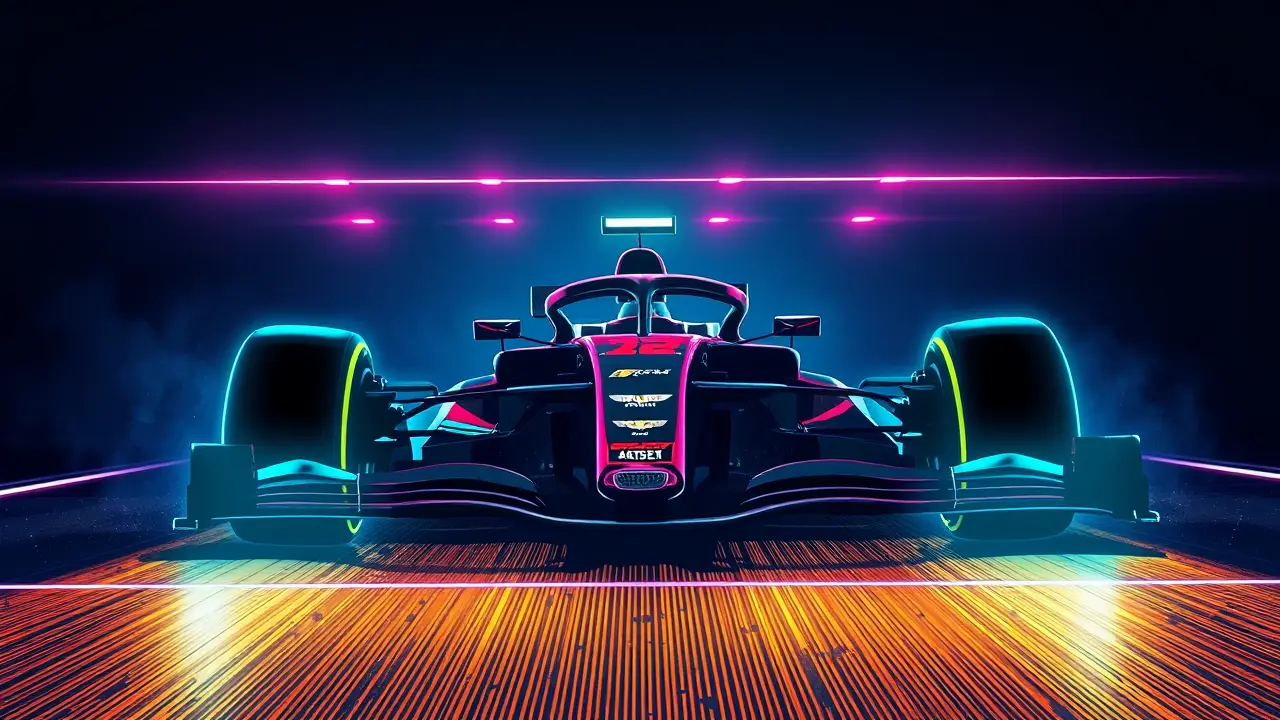Aston Martin technical director on Ferrari culture difference
In a revealing insight into the contrasting operational philosophies at the pinnacle of motorsport, Aston Martin's technical director, Enrico Cardile, has drawn a clear line in the asphalt between his new team and the historic behemoth of Ferrari. Speaking with the kind of conviction that separates contenders from the also-rans, Cardile didn't just talk about aerodynamics and power units; he articulated a cultural battle, a clash of identities as fundamental as any in sport.He acknowledged the shared, non-negotiable goal of victory that unites every Formula 1 garage, but was quick to highlight the profound divergence in journey. At Ferrari, a team whose history in F1 is as long as the championship itself, processes are ingrained, tools are honed by decades of triumph and tragedy, and the very walls of Maranello seem to whisper the secrets of past glories.It’s the sporting equivalent of FC Barcelona’s La Masia, a system so deeply embedded that it produces a distinct, recognizable style of play, or in this case, engineering. Aston Martin, by stark contrast, is in its foundational phase, a ambitious project meticulously constructing its own legacy from the ground up, much like a newly-promoted football club with billionaire backing aiming to disrupt the established elite.Cardile’s central message to his team upon arrival was a masterclass in competitive philosophy: while it's perfectly acceptable, even wise, to seek inspiration from the champions—to study the tape of a Lionel Messi or a Michael Schumacher—it is a fatal strategic error to merely attempt to copy their methods. His vision, powerfully aligned with the overarching project led by Andy Cowell, the legendary Adrian Newey, and team owner Lawrence Stroll, is to forge an organization with its own unique fingerprint, one that leverages its specific strengths to address its own unique weaknesses.The objective isn't to create a carbon copy of Ferrari or Red Bull; it's to become the new benchmark, the reference point that others strive to emulate. He argues that blind replication, regardless of the source's success, is inherently a follower's strategy, a admission that you are perpetually one step behind, reacting to the innovations of others rather than dictating the terms of the competition.This is a long-term, methodical build, a step-by-step evolution that requires immense patience and unwavering belief in a clearly defined plan. It’s the engineering equivalent of building a football dynasty not by simply buying the best players, but by developing a cohesive, unbreakable system and identity that maximizes the potential of every individual within it. The 2026 season, with its sweeping new regulations, represents a monumental opportunity for this philosophy to bear fruit, a chance for Aston Martin to not just close the gap, but to leapfrog the establishment with a car and a culture that is entirely their own.
It’s quiet here...Start the conversation by leaving the first comment.
© 2025 Outpoll Service LTD. All rights reserved.
